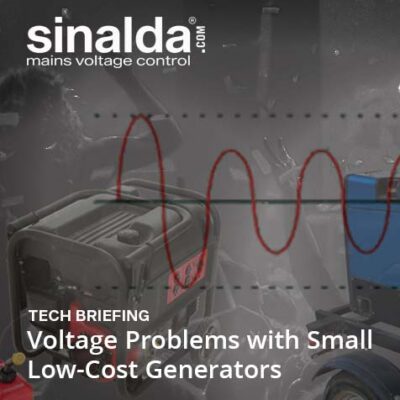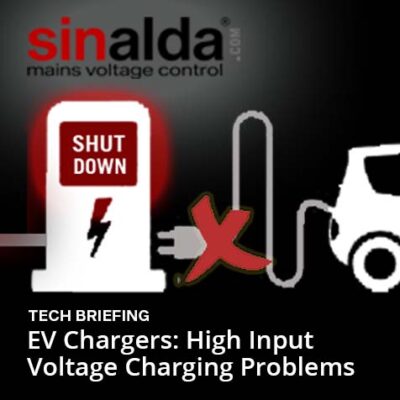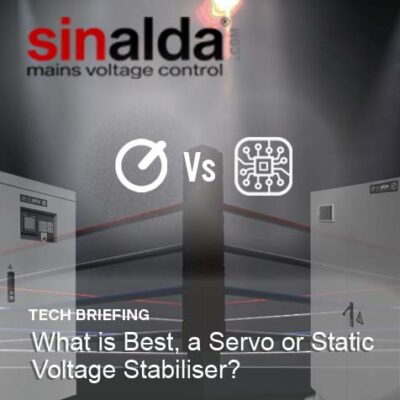Last Updated: 01 November 2021
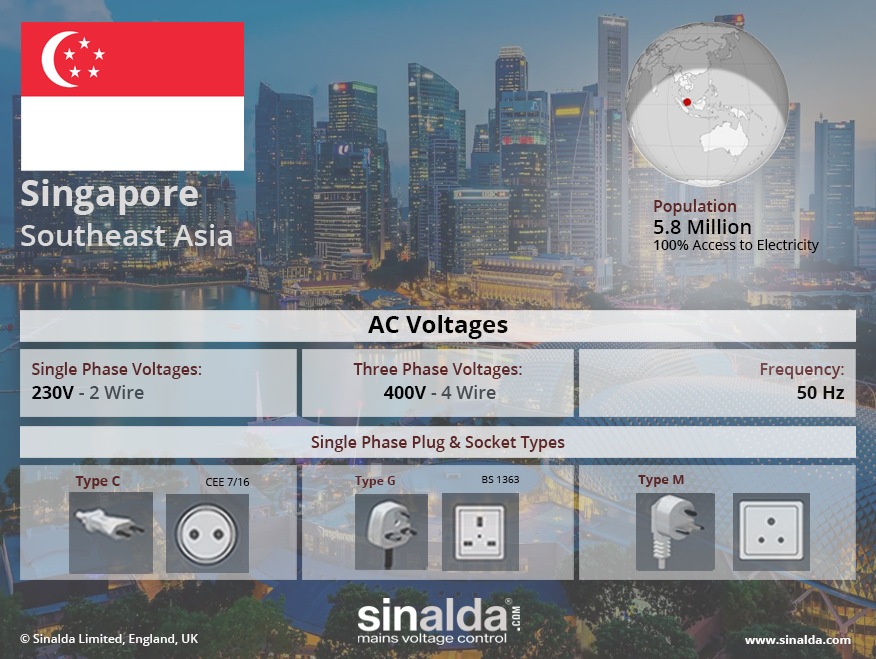
Copyright 2021 Sinalda. Permission to use this image is granted subject to appropriate credit being given to www.sinalda.com as the source.
Power Quality in Singapore
Of all the major international cities, Singapore enjoys one of the most reliable electricity supplies. Average interruption times are less than 1 minute per customer a year.
However, like all electricity supply systems, there are occasional voltage dips. While these fluctuations are not an issue for the average consumer, they can prove troublesome for the numerous high-tech businesses based in the city and the controls used in their production processes.
Power Sector in Singapore
The Island enjoys 100% access to electricity, with generation, transmission and electricity distribution being regulated by the Energy Market Authority.
Seven power plants generate the majority of the Island’s electricity.
As of the end of the first quarter of 2020, generation capacity stood at 12.6 Gigawatt (GW). 95% of which was generated from natural gas (primarily piped in from Indonesia and Malaysia), with the rest being derived from coal, oil, municipal waste, and solar.
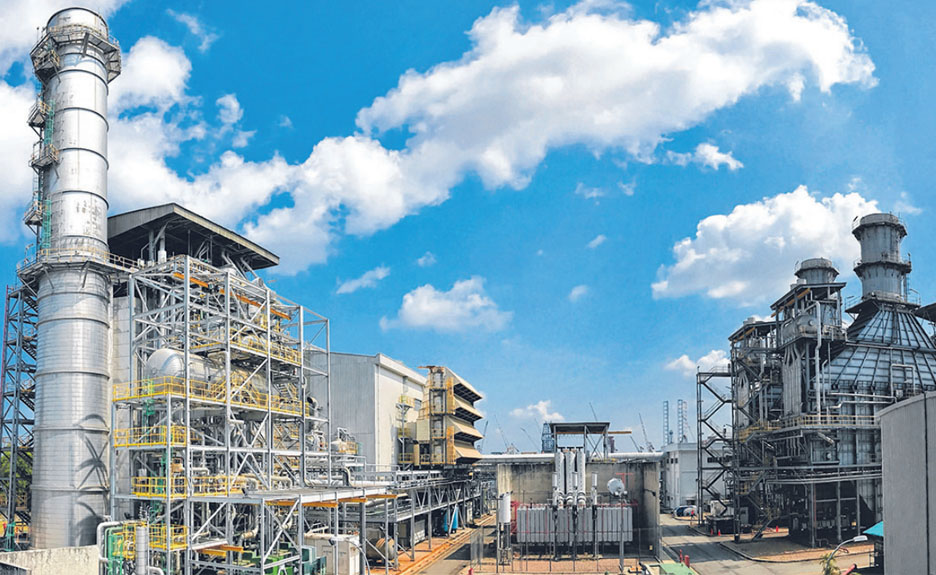
Keppel Merlimau Cogen, one of seven power plants in Singapore, has the ability to transmit 1.3GW of electricity into Singapore’s power grid
The Island’s transmission and distribution system is unique in that it connects the power plants to the consumer through an underground network of 27,790 km of cables. As an underground network, the system is impervious to thunderstorms, lightning, fallen trees, wind, and other unfavourable weather conditions.
VIDEO | North-South Tunnel – Electrical Distribution [TODAY – December 2017]
While voltage fluctuations and dips are infrequent, they do occur. Consequently, they are of particular concern to the numerous high-tech businesses, particularly in the wafer fabrication, semiconductor, petrochemical and pharmaceutical industries which have made, in recent years, Singapore their home.
These voltage irregularities are primarily localised in nature and occur mainly due to damage to distribution cables during earthworks or equipment failures / switching on customer sites. However, where there is a failure of network elements, the effects are usually more widespread and have a greater impact.
Wishing to reduce by 2030 the nation’s carbon emissions by 36% from its 2005 levels, the Singapore government has committed to reducing its reliance on fossil fuels and has pledged to invest in alternative cleaner and sustainable energy sources.
As the potential for wind and hydro-power is limited by environmental restrictions and a general lack of free land, Singapore, with many hours of sunshine, has put all its faith in the power of the sun. By 2030 the Island wishes to generate at least 2GW of solar energy – enough to power around 350,000 households.
Share your Views and Experiences
Every reasonable effort is made to ensure that the information provided above is accurate. No guarantees for the accuracy of the information is made.
So we are able to keep the content updated, and actual on the ground experiences can be shared with others, please feel free to contact us.



